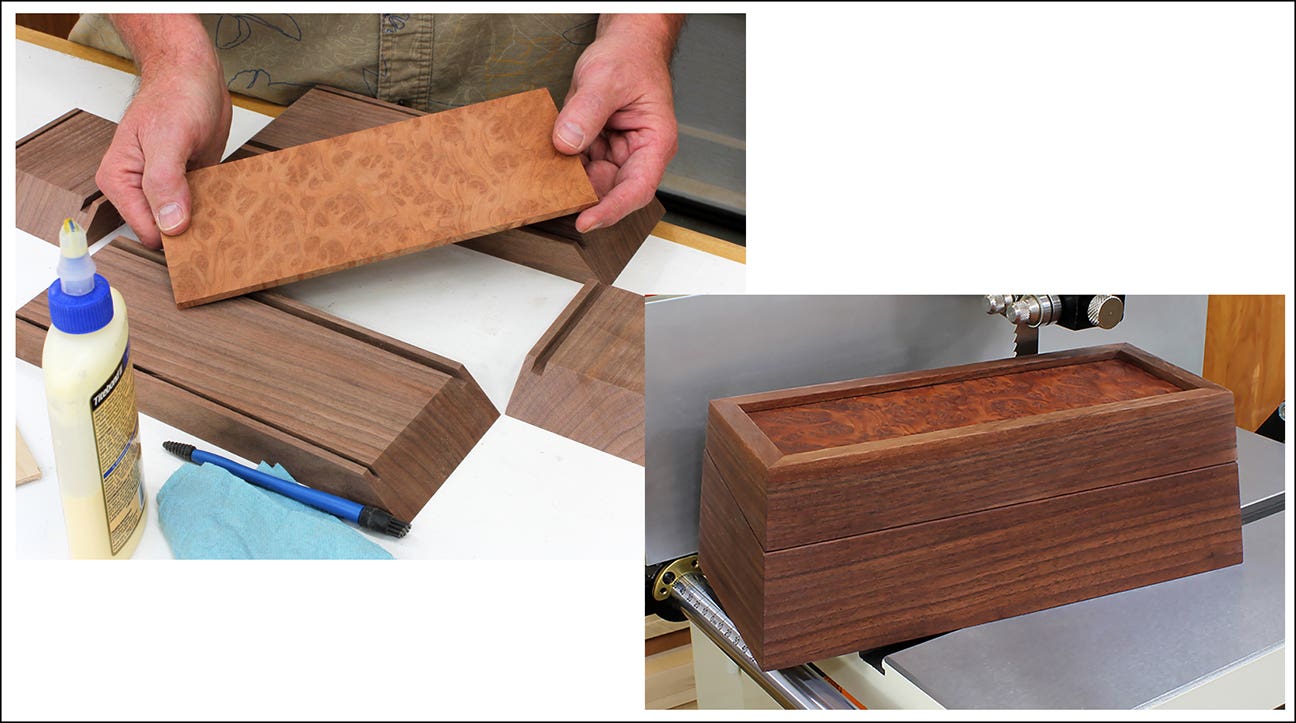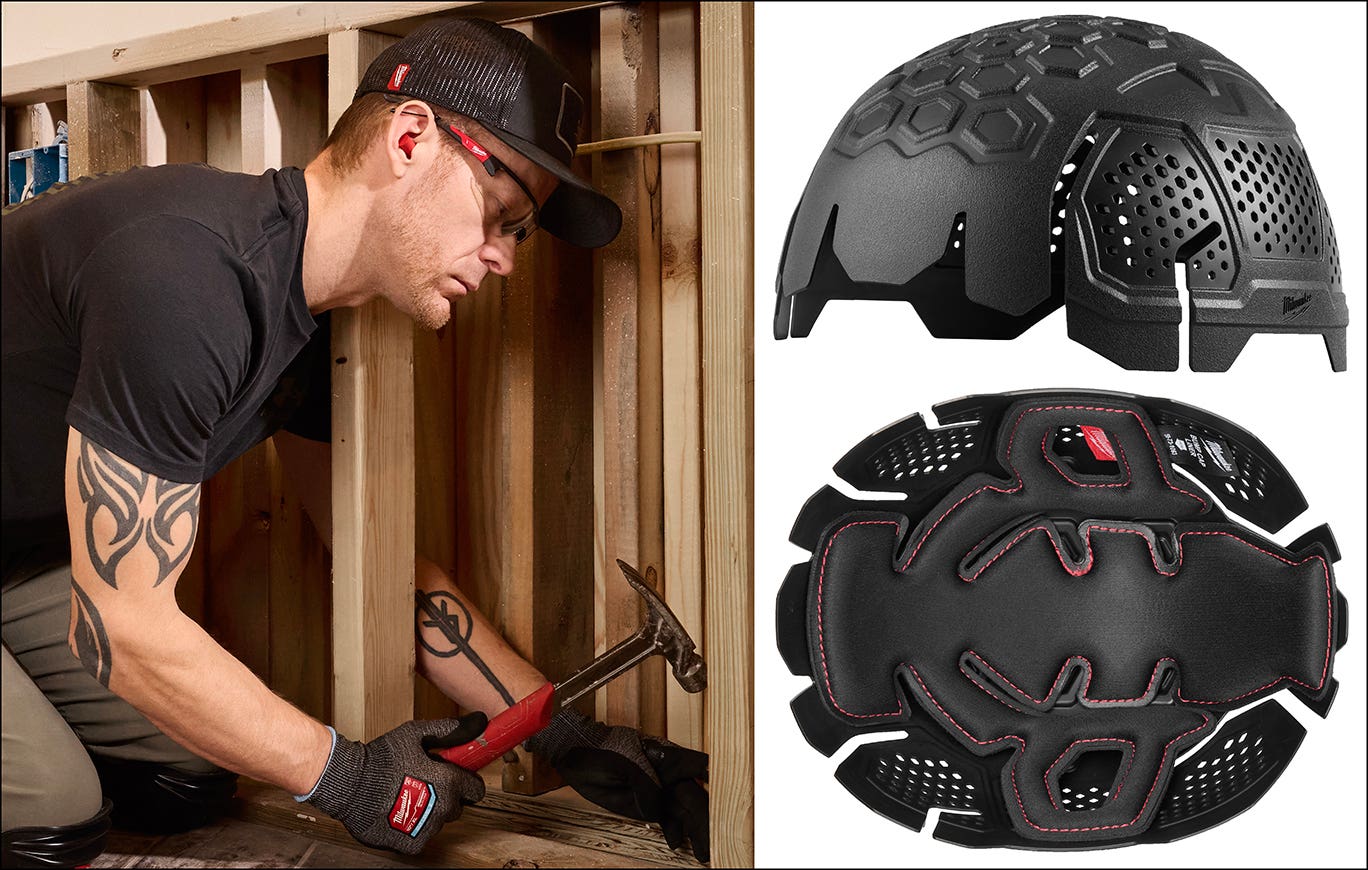Understanding solvents is family affair
Solvents are difficult to understand because they all look alike in the can. To make sense of them, and especially to understand lacquer thinner, which is the most important solvent…
Solvents are difficult to understand because they all look alike in the can. To make sense of them, and especially to understand lacquer thinner, which is the most important solvent for fast-drying finishes, it helps to organize the solvents into families.
There are five:
- Petroleum distillates (mineral spirits, naphtha, etc.)
- Alcohols (methanol, denatured alcohol, etc.)
- Ketones (acetone, MEK, etc.)
- Esters (butyl acetate, amyl acetate, etc.)
- Glycol ethers (butyl cellosolve, butyl carbitol, etc.)
Petroleum distillates
Petroleum distillates dissolve wax, thin and clean up oils and varnishes, and are the ingredients in most furniture polishes. This family is the easiest to understand because we are familiar with so many of the individual solvents.
If you organize common petroleum distillates by their evaporation rates from fastest to slowest, you come up with the following:
- Methane: already evaporated to a gas at room temperature
- Propane: also a gas at room temperature
- Butane: almost a gas at room temperature
- Heptane and octane used in gasoline: very fast evaporating liquids
- Naphtha: reasonably fast evaporating
- Mineral spirits: fairly slow evaporating
- Kerosene: almost no evaporation
- Mineral oil: doesn’t evaporate at room temperature
- Paraffin wax: a solid at room temperature
Toluene and xylene are the strong and smelly parts of naphtha and mineral spirits, and are chemically removed to leave odorless mineral spirits. Toluene and xylene evaporate very rapidly.
Turpentine is a distillate of pine-tree sap and is similar to mineral spirits in evaporation rate. The two can be used interchangeably in most situations.
Each of the other solvent families contains many individual solvents, which can be arranged by evaporation rate in the same manner.
Though it’s not critical for our understanding of solvents, notice that these petroleum distillates become oilier as they slow in evaporation rate. Mineral spirits is oilier than naphtha, and kerosene is oilier than mineral spirits.
The same phenomenon occurs in each solvent family. As you move down the list of solvents from fastest evaporating to slowest evaporating, the solvents become oilier.
Lacquer thinner
Lacquer thinner is different from other solvents because it is made up of a number of individual solvents, often six or more.
The solvent families that dissolve nitrocellulose and CAB-acrylic lacquers, and are used in catalyzed lacquers, are the ketones, esters and glycol ethers. These are the “active” solvents used in lacquer thinner. Manufacturers choose between dozens of individual members for cost and evaporation rate.
Alcohols, which dissolve and thin shellac by themselves, also have some dissolving power on lacquer when combined with one or more of the active solvents. Alcohols are usually added to lacquer thinner to reduce cost.
The cost can be reduced even more because it doesn’t take much solvent to dissolve lacquer. It just takes a lot to thin it enough to spray. So to make lacquer thinner cheaper to produce, manufacturers add 40 to 50 percent petroleum distillates to “thin” the lacquer thinner.
The active solvents dissolve the lacquer, and the petroleum distillates separate the long stringy lacquer molecules enough so they aren’t bumping into each other. This allows the finish to be atomized well during spraying to reduce orange peel.
Not just any petroleum distillate can be added to lacquer thinner. It’s critical that the petroleum distillate evaporates before the active solvents or the lacquer will come out of solution and result in cotton blush, which shows up as opaque white clumps of finish on your work. The petroleum distillates used in lacquer thinner are toluene, xylene and high-flash naphtha, all of which evaporate very rapidly.
Two critical advantages are gained by using a number of solvents that evaporate at different rates.
The first is reduced sagging on vertical surfaces. Once the lacquer has exited the spray gun, a large amount of thinner isn’t needed anymore. So some of the faster solvents, including the petroleum distillates, evaporate even before the lacquer hits the substrate or very quickly thereafter.
The remaining solvents continue evaporating quickly, one after another, leaving only a little solvent in the finish so it can level out. As a result, the lacquer thickens quickly.
Unlike spraying water-based finishes or brushing varnish, you have to spray lacquer really thick in one place to create a run on a vertical surface.
The other advantage is that lacquer thinner can be made to evaporate faster or slower simply by including solvents that evaporate faster or slower. So lacquer thinners of various evaporation rates can be used to control drying in all sorts of weather conditions: hot or cold, damp or dry.
Use slower-evaporating lacquer thinner (“retarder”) in damp weather to eliminate blushing and in very hot, dry conditions, or on the insides of cabinets, to eliminate dry spray. Use faster evaporating lacquer thinner, available at auto-body supply stores, in cold conditions to make the finish dry at a normal rate.
No other finish offers the versatility of lacquer and catalyzed lacquer because no other finish has a solvent with the characteristics of lacquer thinner.
Solvents for water-based finishes
Water is used as a carrier in water-based finishes, but it’s the solvent in these finishes that makes them cure. The solvent softens the microscopic droplets of finish so they stick together after the water evaporates.
This solvent has to be very slow evaporating so it remains in the finish longer than the water, even in humid weather.
The solvent family that best satisfies this requirement is the glycol-ether family. All of the individual solvents in this family evaporate very slowly.
Glycol ethers are large molecules (the reason they evaporate so slowly) and have very long names. For example, a commonly used solvent is “ethylene glycol mono-butyl ether,” also called “2-butoxy ethanol” in another naming system, and by the more user-friendly nickname “butyl cellosolve.”
You may see any of these names listed on cans or MSDSs. It’s helpful to know that the solvents used in water-based finishes are almost always in the glycol-ether family and to understand why.
Butyl cellosolve and also butyl carbitol are sometimes sold separately to use as a “flow additive” for water-based finishes and as very slow evaporating retarders for lacquer.
Conclusion
Solvents are the ingredients that make it possible to spray finishes. You will gain better control of your work if you have a basic understanding of the five families and what each does.







